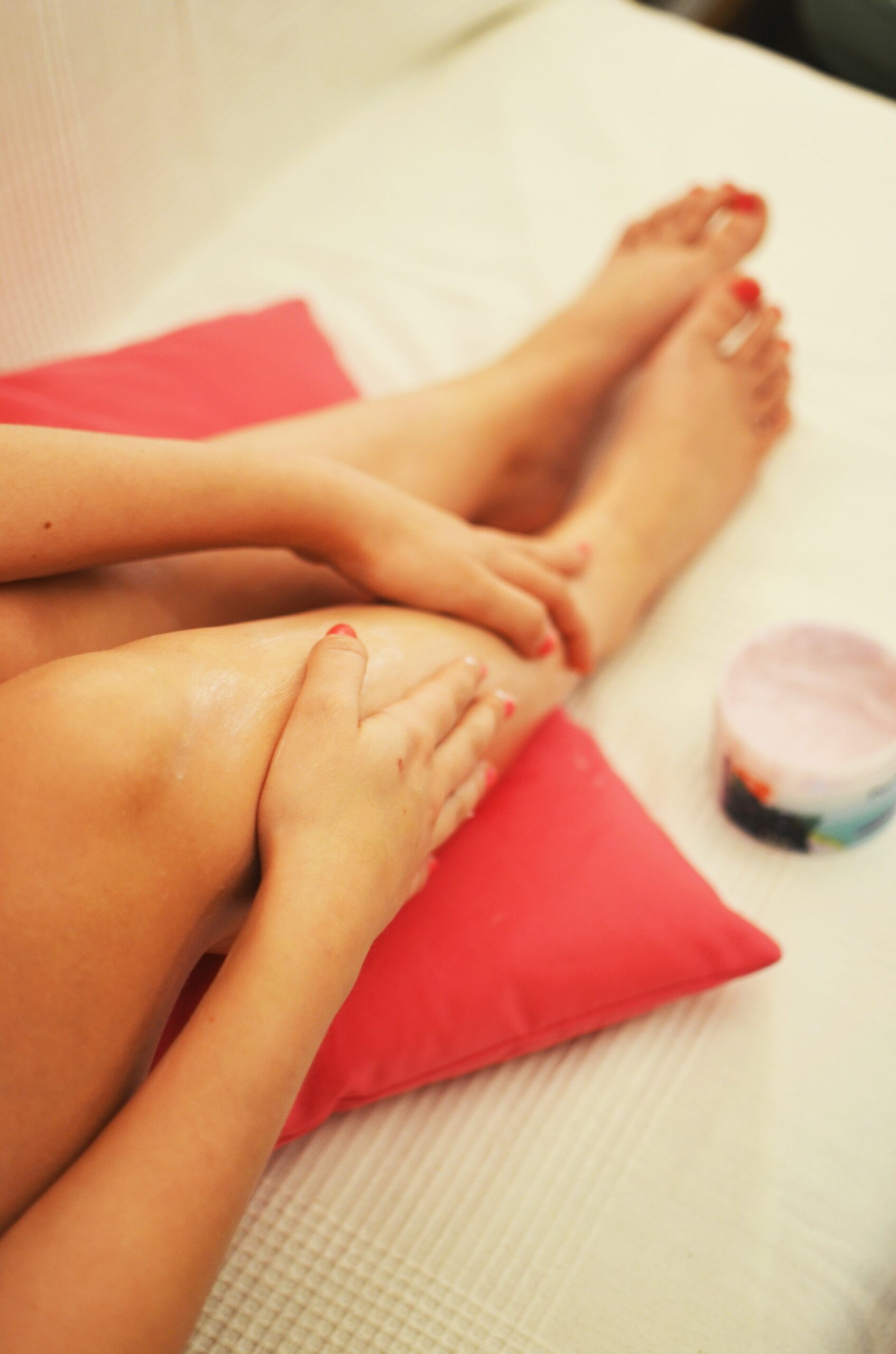Vein Ablations For Varicose Veins
Varicose veins and chronic venous insufficiency are common vascular conditions that can cause discomfort and affect the quality of life for many individuals. Fortunately, advancements in medical technology have led to the development of minimally invasive treatments like vein ablations. This comprehensive guide will explore the world of vein ablations, covering everything from the procedure to its benefits, candidacy, aftercare, and more.
Unraveling Vein Ablations
Vein ablations are minimally invasive medical procedures to treat varicose veins and chronic venous insufficiency. These treatments involve specialized techniques to close or seal problematic veins, redirecting blood flow to healthier veins. This results in improved circulation and symptom relief.
Radiofrequency Ablation (RFA)
Radiofrequency ablation uses heat energy generated by radio waves to close off problematic veins. A catheter is inserted into the affected vein, and the heat energy causes the vein to collapse and seal shut.
Endovenous Laser Therapy (EVLT)
Endovenous laser therapy utilizes laser energy to close problematic veins. A laser fiber is inserted into the vein, and the laser’s heat energy causes the vein to contract and close.
Clarivein
Clarivein is a relatively newer technique that combines mechanical and chemical methods to close off veins. A rotating wire inside the vein disrupts the inner lining while a sclerosing agent is simultaneously injected to seal the vein.
Cyanoacrylate Closure
Cyanoacrylate closure, also known as VenaSeal™, involves using a medical adhesive to seal the affected vein. A catheter delivers the adhesive, and the vein is closed off as the adhesive hardens.

Ideal Candidates for Vein Ablations
Vein ablations are an excellent option for individuals who:
- Have varicose veins or chronic venous insufficiency.
- Experience symptoms such as pain, swelling, or cramping.
- Desire an improvement in the appearance of their legs.
- Seek minimally invasive treatment options.
- Are in generally good health and have realistic expectations.
Beyond Cosmetic Improvements
While many individuals seek vein ablations for cosmetic reasons, it’s essential to recognize that these treatments offer more than just aesthetic benefits. They can significantly improve the quality of life for those experiencing discomfort and pain due to venous conditions.
Consultation
Your healthcare provider will evaluate your veins, discuss your medical history, and determine if you’re a suitable candidate for vein ablation.
Preparation
You may be asked to wear loose-fitting clothing and avoid applying lotion or oil to your legs on the day of the procedure.
Anesthesia
Local anesthesia is administered to numb the area where the procedure will be performed, ensuring your comfort throughout.
Ablation
The chosen ablation technique (RFA, EVLT, Clarivein, or Cyanoacrylate Closure) is performed, typically requiring only tiny incisions or needle punctures.
Number of Sessions
The number of vein ablation sessions required varies from person to person and depends on factors such as the extent of vein damage and the desired results. Some individuals may achieve their desired outcome after a single session, while others may need several treatments spaced a few weeks apart.
The Advantages of Vein Ablations
Vein ablations offer numerous benefits:
Post-Vein Ablation Care
After undergoing vein ablation, it’s essential to follow these aftercare guidelines:
Potential Side Effects
While vein ablations are generally safe, some patients may experience minor side effects, including:
Improved Quality of Life
Many individuals find that removing varicose veins and symptom relief significantly improves their quality of life, allowing them to lead more active and comfortable lifestyles.
Serious Complications (Rare)
Severe complications from vein ablations are exceedingly rare but can include:


Maintaining Vascular Health
After completing a vein ablation treatment for varicose veins, many patients enjoy long-lasting results. To maintain vascular health and prevent new issues, consider these tips:
Embracing a Life Free from Vein Discomfort
Vein ablations represent a cutting-edge and highly effective solution for individuals seeking to address both the cosmetic and health-related concerns associated with varicose veins and chronic venous insufficiency. You can make informed decisions about your vein treatment by understanding the procedure, its benefits, candidacy, aftercare, and potential risks.
If you’re considering vein ablation, consult a qualified healthcare provider or vein specialist to determine if it’s the right option. With these minimally invasive treatments, you can look forward to a life free from the discomfort and appearance of problematic veins. Don’t let varicose veins hold you back—embrace a future with healthier, more comfortable legs and the confidence that comes with them.
Stay Informed
Join our newsletter for the latest in vascular health, tips, and research findings.

